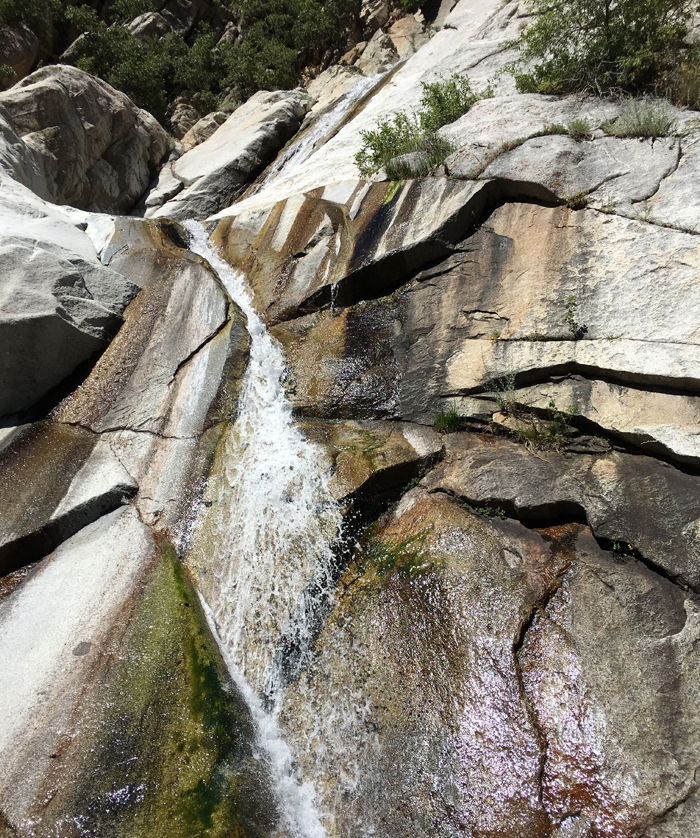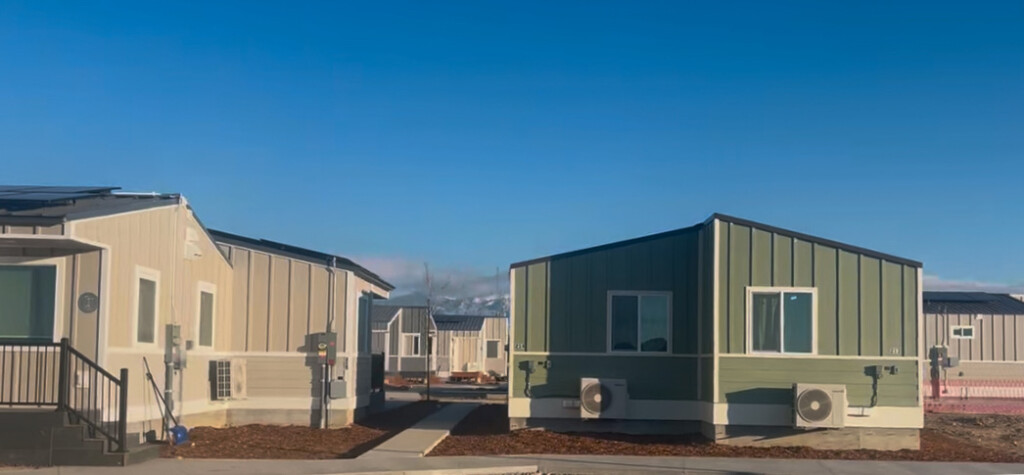 Steve Erickson is the self-identified “public policy person” for the Utah Audubon Council. He is part of the advisory team that is meant to send a state water strategy to Utah Gov. Gary Herbert’s desk. He said on Wednesday on Utah’s capitol hill that the 197-page plan should be a “live document.” It’s due on July 19.
Steve Erickson is the self-identified “public policy person” for the Utah Audubon Council. He is part of the advisory team that is meant to send a state water strategy to Utah Gov. Gary Herbert’s desk. He said on Wednesday on Utah’s capitol hill that the 197-page plan should be a “live document.” It’s due on July 19.
But that didn’t keep Erickson from adding this:
“The biggest value of this process is the beginning of the democratization of the water game in Utah — and I hope that continues to progress over time. So as we… present this to the governor, I hope we see a living document and not a static one.”
But the deliberations on the 28th were rather divided — while reviewing the third of strategy’s 11 chapters, the chair of the 40-person advisory committee remarked “oh, we were so close” regarding getting through a chapter with relatively little disagreement. Ultimately, four of the 11 chapters remained unapproved, reported The Salt Lake Tribune’s Emma Penrod, though the clock is in its final ticks.
The draft is 50 years old.

“We have a lot of tension in this group, to put it mildly,” said attorney Steve Clyde, a committee member, when asked about a provision of the second chapter. “There are a lot of personalities involved in this group that are pushing on each other real hard, so it’s a tossup.”
Members of the group include environmental specialists, governmental water personnel and industry leaders.
Sterling Brown, the Utah Farm Bureau vice president of public policy, had hoped that the third chapter would “tear down the wall between development and conservation.”
“There should be no ill will between rural and urban interests,” he said, “as it relates to water.”
Warren Peterson, a Farmland Reserve, Inc. vice president, said that the editing process would wind down not in any addition, but subtraction of content.

Stephanie Duer is the Salt Lake City water conservation manager. “This is dialing literally down to water basin scenarios, which is something we don’t have yet,” she said. Water basins, or watersheds, are regions draining into a river, river system or other body of water.
State House Rep. Joel Briscoe (D-Salt Lake City) said that the legislature appropriated money for the hiring of a firm to “do an analysis of the quality of the water data that we collect in the state.” That hiring process is ongoing, said Briscoe, a committee member.
Governor Herbert hasn’t said whether he will “like” the strategy or “take all of it,” Briscoe added.
Rhett Wilkinson is a writer. He’s won seven awards from the Society of Professional Journalists and is a Star Wars and Utah Jazz fan. Reach him on Twitter @rhettrites or via email: rhett.wilkinson@yahoo.com.





